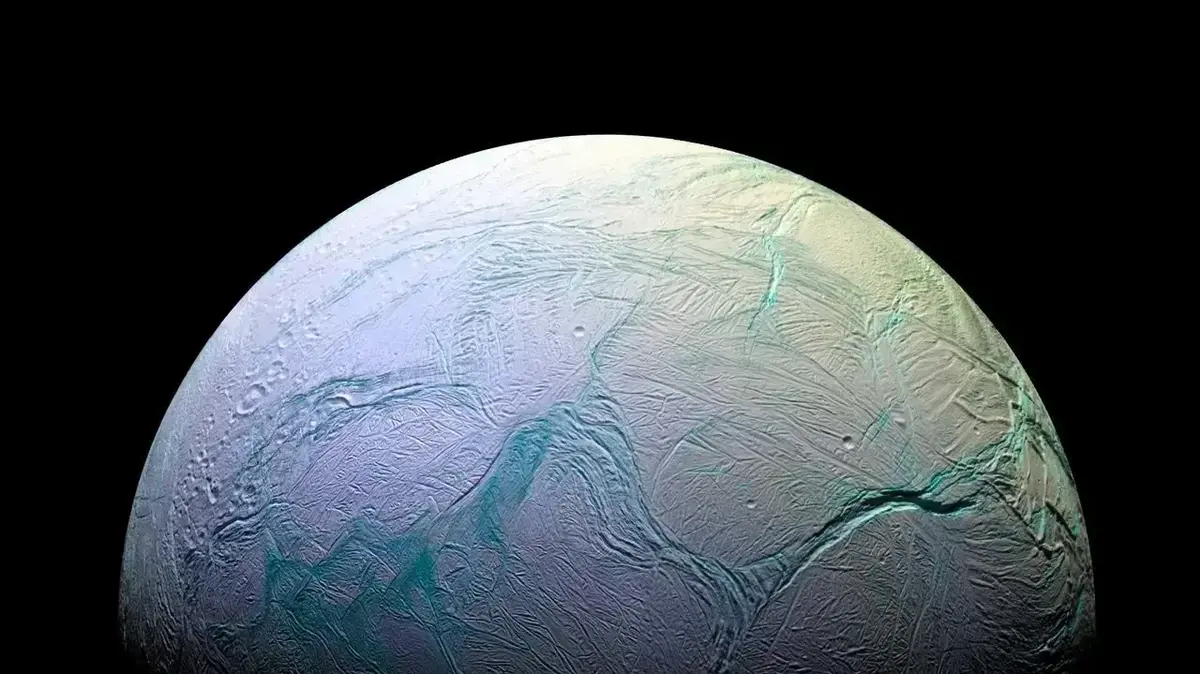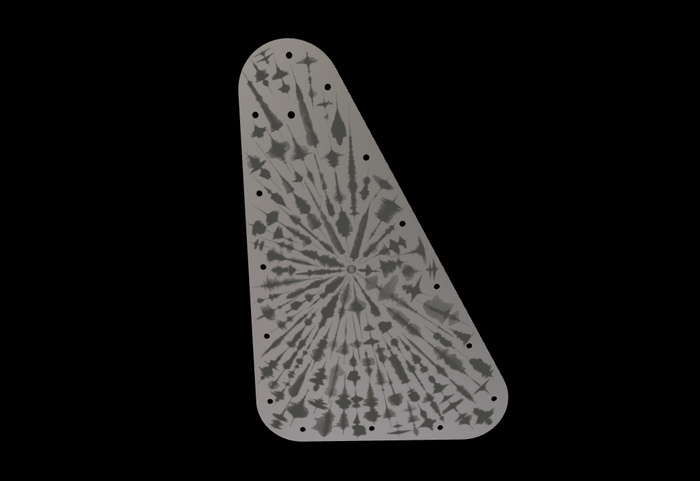Europa, the icy moon of Jupiter, one of the known worlds that could harbor life in its entrails, had not been portrayed in such detail for a long time.
The Juno
probe
, sent in 2016 by NASA to study the colossal planet of the Solar System, yesterday made a very close flyby of this icy sphere that is Europa.
The NASA probe came within just 352 kilometers of Europa, so it was able to take high-resolution images.
This is the third such close pass in the history of Europa's exploration (below 500 kilometers in altitude) and the closest observation a spacecraft has provided since January 3, 2000, when NASA 's
Galileo
probe NASA was 351 kilometers from its surface.
The complex ice-covered surface of Jupiter's moon Europa was captured by NASA's 'Juno' spacecraft.NASA/JPL-CALTECH/SWRI/MSSS (NASA/JPL-CALTECH/SWRI/MSSS)
Europa is the sixth largest moon in the entire solar system, slightly smaller than Earth's Moon, and its greatest interest comes from what it might hide under that icy shell.
Scientists believe a salty ocean lies beneath that mile-thick ice sheet, raising questions about possible conditions capable of supporting life below Europa's surface, as activity in the form of steam has been observed from Water.
In these first JunoCam images of Europa, you can see the contrasting light and shadows of the rugged terrain, the giant cracks, ridges, craters and valleys that cast shadows across the icy surface.
The spacecraft only had a two-hour window to collect the data on Europa, as it flew past it at a speed of 24 kilometers per second.
The mission collected what will be some of the highest resolution images of the moon (1 kilometer per pixel) and obtained valuable data on the structure of Europa's ice sheet, the interior and the composition of the surface.
"It's very early in the process, but all indications are that the Europa flyby was a huge success," said Scott Bolton,
Juno
principal investigator .
"This first image is just a glimpse of the remarkable new science that will emerge from
Juno
's full suite of instruments and sensors that acquired data as we skimmed the moon's icy crust."
The additional data on the geology of Europa provided by
Juno
, which is still being processed, will be of great help for the future mission that NASA will send to this frozen world: the Europa Clipper mission, which is scheduled to launch in 2024. Europa Clipper will study the atmosphere, the surface and the interior of the moon, with the main scientific objective of determining if there are places below the surface of Europa that could harbor life, explains NASA.
You can follow
MATERIA
on
,
and
, or sign up here to receive
our weekly newsletter
.









